In the ever-evolving landscape of modern automation, the integration of intelligence into mechanical systems has become a critical driver of innovation. Among the various components playing a pivotal role in this revolution, the Intelligent Integrated Electric Actuator (IIEA) stands out as a key enabler of efficiency, precision, and adaptability. These advanced devices are transforming industries across the globe by combining the functionalities of traditional actuators with sophisticated electronic control and data processing capabilities. In this article, we will explore the working principles, benefits, and applications of Intelligent Integrated Electric Actuators, and understand why they are regarded as a cornerstone of next-generation automation systems.
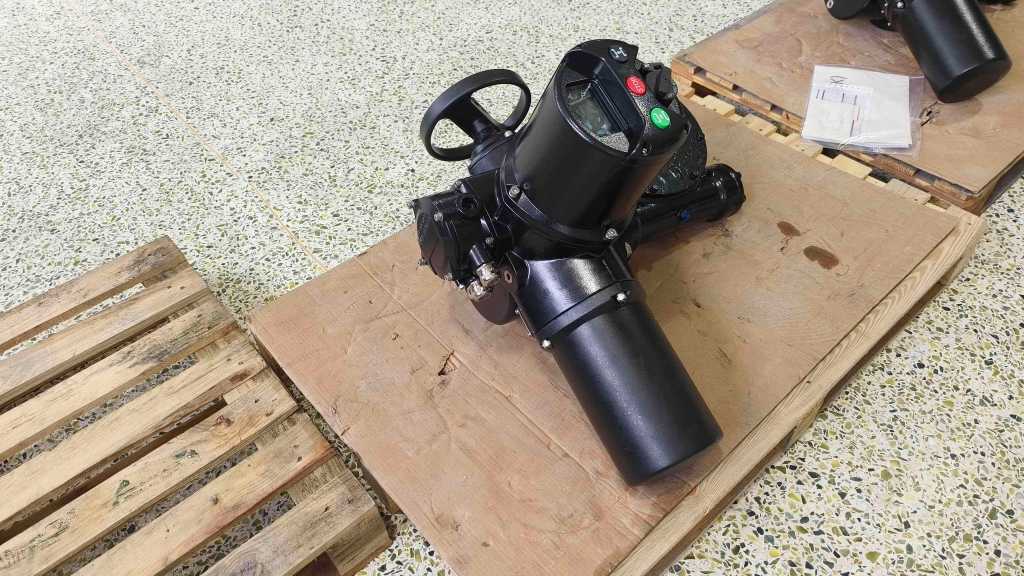
What is an Intelligent Integrated Electric Actuator?
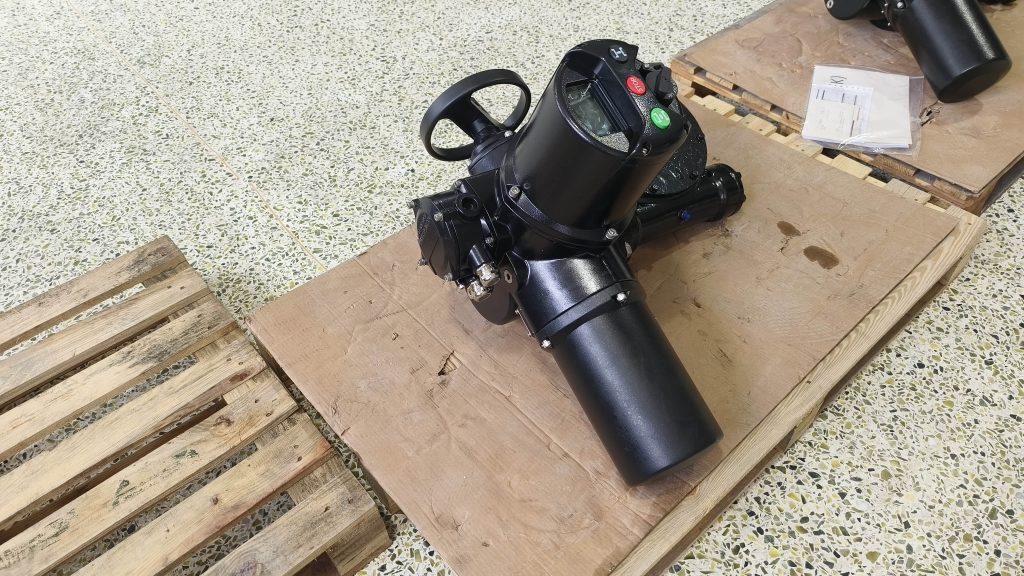
An Intelligent Integrated Electric Actuator (IIEA) is a type of actuator that incorporates both electrical actuation and intelligent control mechanisms into a single, compact unit. Unlike conventional actuators that rely on separate components for power and control, IIEAs integrate sensors, processors, and communication interfaces within the actuator itself. This integration allows the actuator to autonomously adjust its behavior in response to real-time feedback, offering enhanced performance compared to traditional mechanical solutions.

At its core, an IIEA combines electric motors for motion with embedded intelligence. It typically includes a microcontroller or a processor that controls the motor’s speed, position, and force based on input from sensors such as encoders, temperature sensors, or force sensors. Additionally, the actuator often has communication interfaces like CAN (Controller Area Network) or Modbus, enabling seamless integration with other automation systems.
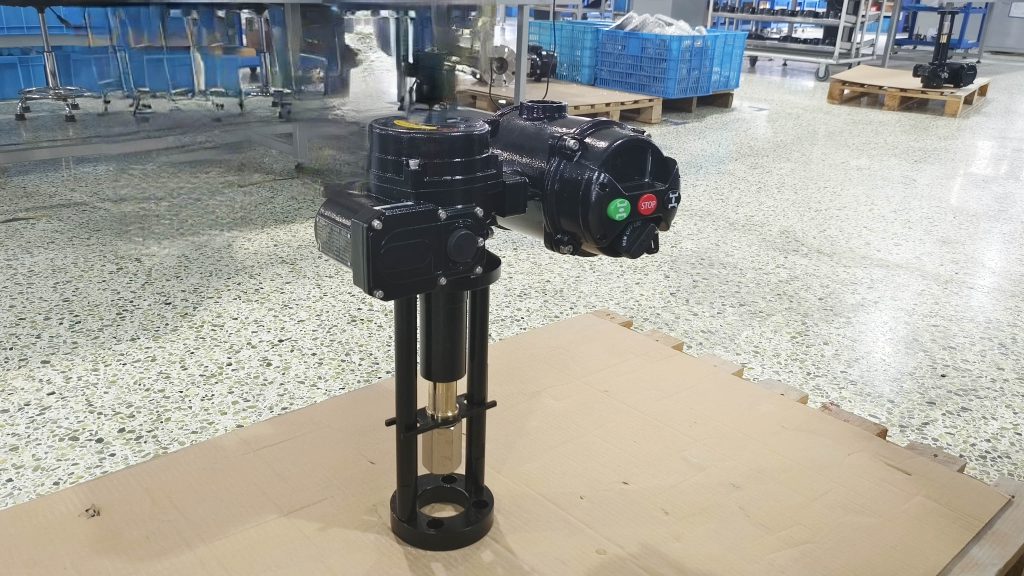
Working Principles of IIEAs
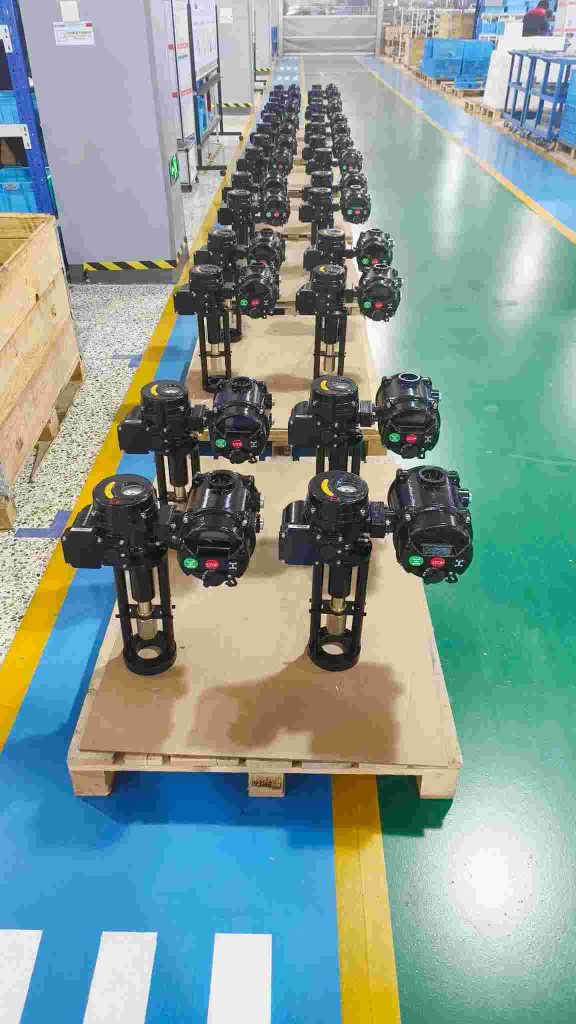
The working principle of Intelligent Integrated Electric Actuators is rooted in the synergy between mechanical and electronic systems. The electric motor provides the force necessary to perform a task, whether it is moving a valve, adjusting a robotic arm, or controlling a linear motion. The intelligence embedded in the actuator’s control system enables precise management of the motor’s actions, making real-time decisions based on environmental or operational conditions. For example, when used in a robotic system, the IIEA can monitor its own position and movement through sensors and make continuous adjustments to ensure accuracy. If it detects an unexpected resistance or an error in motion, the system can automatically correct itself or send an alert to the central control system for further analysis. This dynamic and responsive behavior significantly improves the overall performance and safety of automated systems.
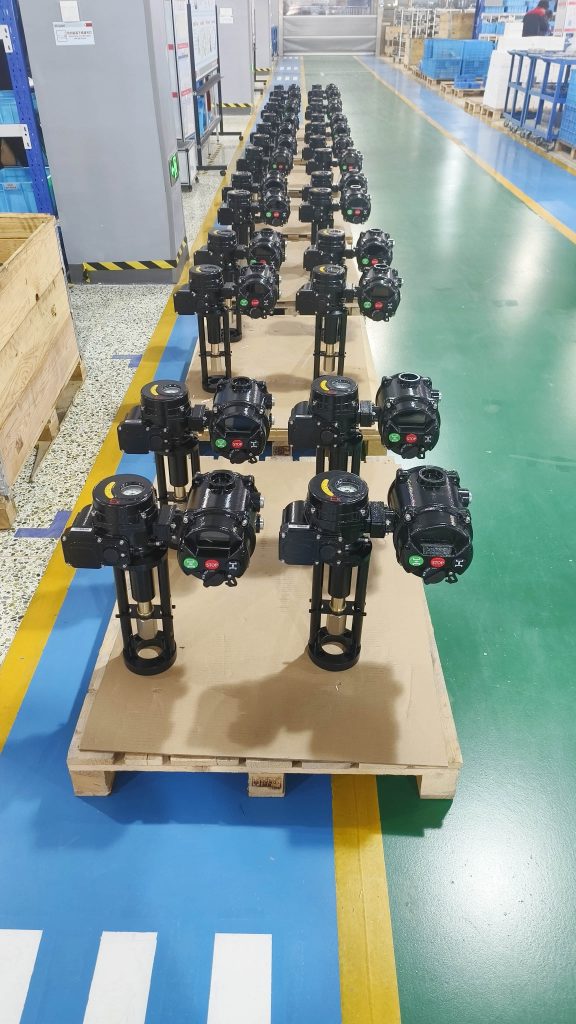
Leave a Reply
You must be logged in to post a comment.